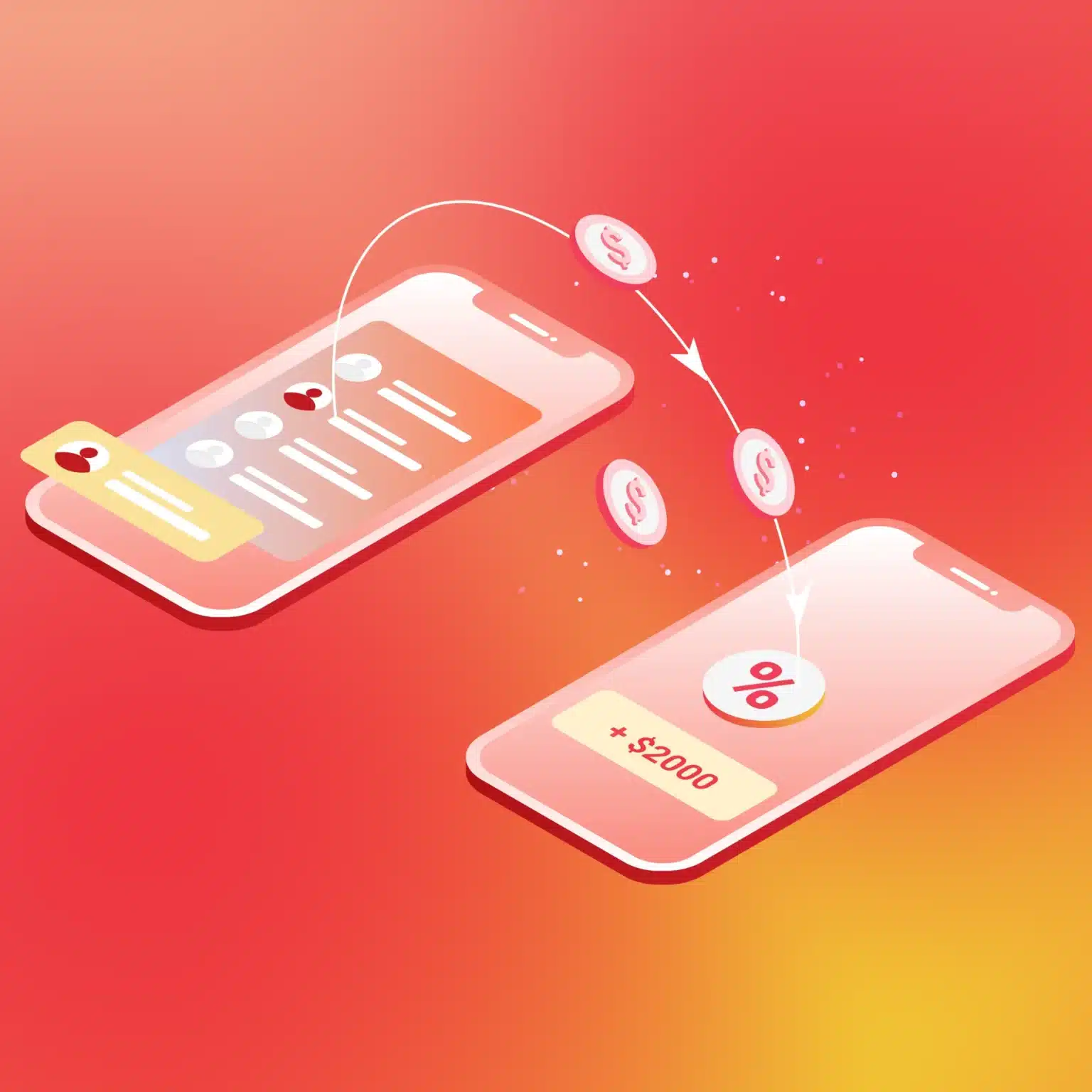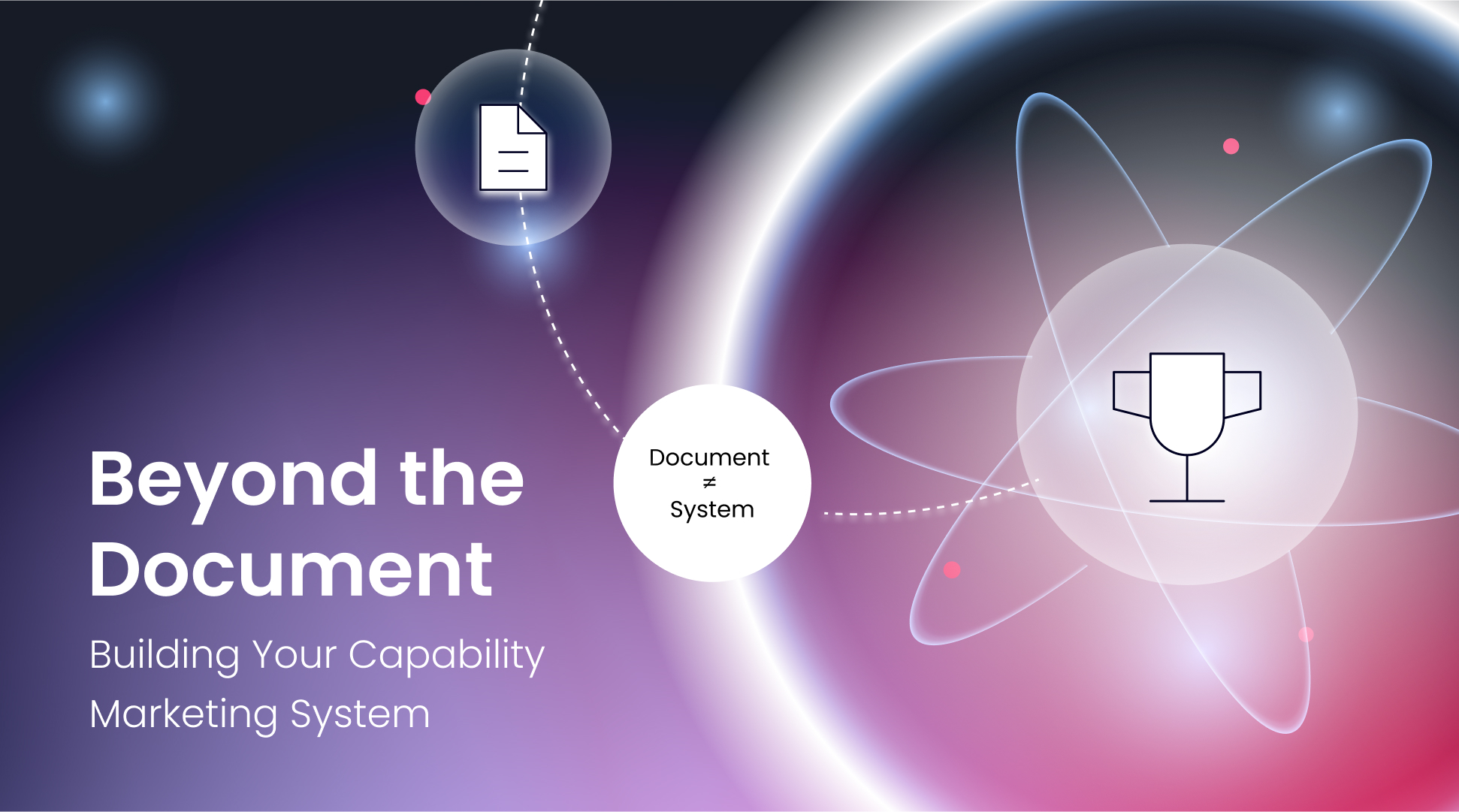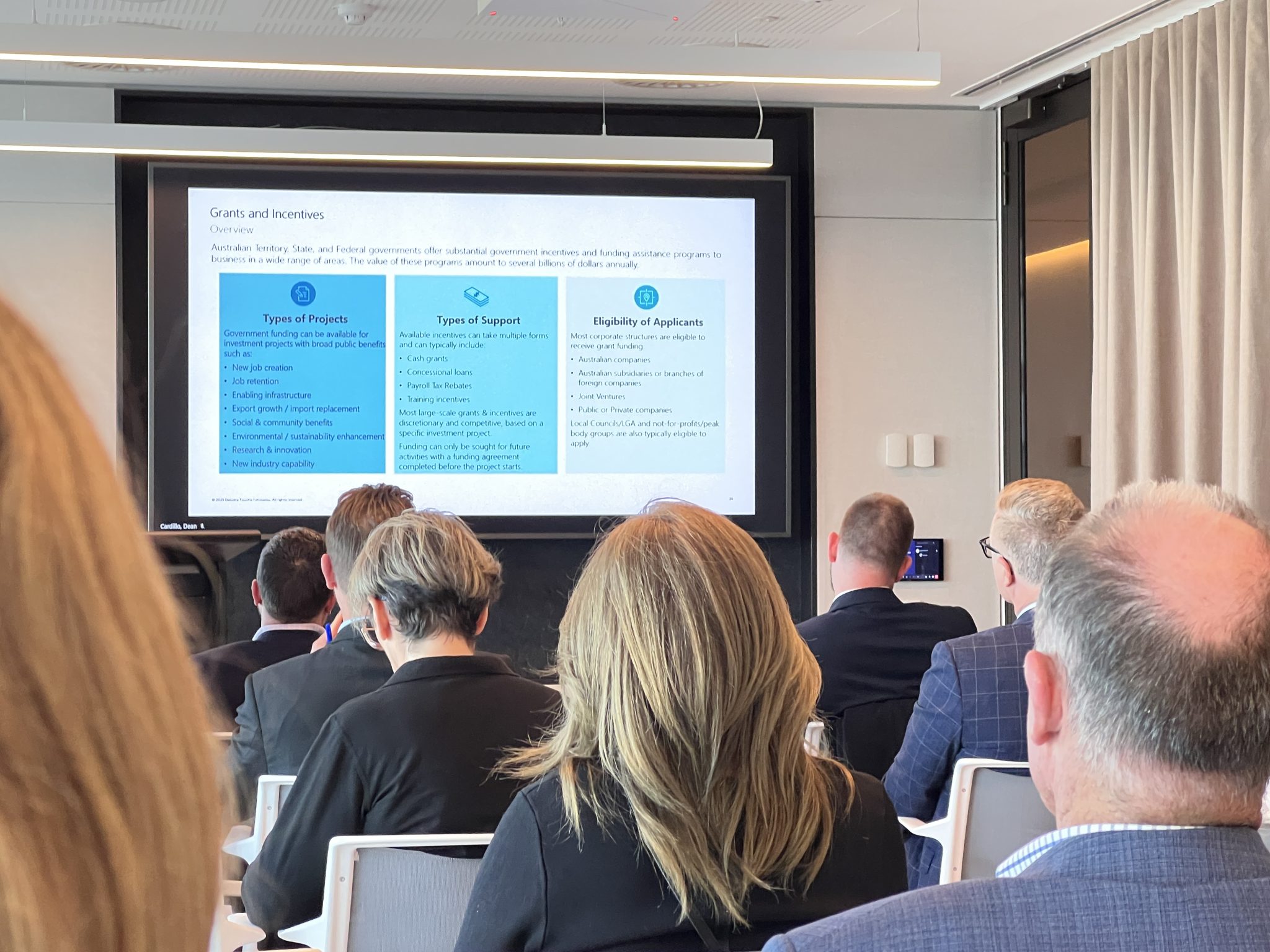Most mid‑sized businesses have moved beyond the “scrappy start‑up” phase. Your website is polished, paid ads are humming, and someone posts to the company blog each week. Yet revenue still feels like a roller‑coaster.
The silent culprit is the hand‑off between the tools that generate interest and the people who convert it. Leads flow in through marketing platforms, then stall while someone hunts for context in spreadsheets or inboxes. Plug that gap with an automation‑ready CRM, and growth stops feeling like guesswork.
Where Good Leads Go to Die
Picture a single week:
- Monday – Google Ads deliver 40 new enquiries.
- Tuesday – A webinar nets 60 warm registrants.
- Friday – Half those names are still languishing in somebody’s inbox.
Prospects cool off, attribution data gets fuzzy, and the finance team forecasts cash flow on gut feeling. A connected Customer Relationship Management (CRM) platform captures every click, call, and email on one timeline, transforming “We think marketing is working” into “We know precisely which campaigns bring customers.”
Our Reality Check at Spark Interact
A few years ago, Spark Interact looked exactly like that scenario. We juggled spreadsheets, WorkflowMax, and scattered email chains. Leads were plentiful; clarity was not. In 2018 we drew a line in the sand: every enquiry from every source would land in one CRM.
We chose Pipedrive for its visual pipeline, but the bigger win was the process overhaul that followed. Seven years and thousands of deals later, these five moves still power our growth—and they’ll work in any modern CRM.
1. Map the Journey, Then Name Your Stages
You can’t automate chaos. We white‑boarded every buyer milestone—from first download to signed contract—and labelled each as a pipeline stage. That simple step:
- Made “progress” visible and unambiguous, and
- Exposed bottlenecks where deals traditionally stalled.
Rule of thumb: If a stage doesn’t prompt a clear action (“Send draft proposal,” “Book demo”), it’s noise—rename or delete it.
2. Capture Leads at the Source
Manual data entry is the graveyard of momentum. Today, web forms, paid‑ad leads, and LinkedIn Lead Gen cards flow straight into the CRM, tagged with UTM codes, via an n8n workflow. Outbound prospects from Apollo.io arrive already task‑ready. Every data point—from ad keyword to landing‑page headline—sticks to the contact forever, giving reps full context the moment they pick up the phone.
3. Automate the Repetitive, Guard the Personal
Automation feels cold only if you automate the wrong things. When a discovery call ends, our CRM automatically:
- Advances the deal stage
- Emails a personalised recap and next‑step checklist
- Assigns the proposal task with a 24‑hour deadline
- Schedules a follow‑up call three days later
The rep still tailors the proposal and builds rapport, but momentum never relies on memory.
4. Put Live Numbers on the Wall
Dashboards hidden behind logins gather dust. We broadcast new leads, completed activities, and conversion velocity on a TV by the coffee machine. When traffic dips or calls lag, the whole team sees it and course‑corrects immediately—no more next‑month post‑mortems.
5. Close the Loop with Delivery & Finance
A deal marked Won is only half the journey. The instant status flips:
- A ClickUp project spins up with tasks for design, dev, and QA.
- A draft invoice appears in Xero, pulling client data straight from the CRM.
No copy‑paste, no delay, no mismatch between what sales promised and what delivery sees. Clients enjoy seamless onboarding, and finance sees cash flow sooner.
Why Mid‑Sized Businesses Should Care
Mid‑sized companies live in a unique tension: big enough to require structure, lean enough that every inefficiency hurts. Implement the shifts above and you unlock four strategic pay‑offs:
- Scalable growth without extra head‑count – admin time evaporates.
- Predictable cash flow – stage‑based forecasting trumps guesswork.
- Sharper marketing spend – budgets migrate toward proven winners.
- Better customer experience – fast replies, relevant content, smooth hand‑offs.
A Practical Roadmap to Your Own CRM‑Centric Engine
Week 1 – Audit Every Touch‑Point
List every place a prospect interacts—ads, downloads, phone calls, trade‑show scans—and flag where data disappears.
Week 2 – Choose (or Optimise) Your CRM
Prioritise ease of use, open APIs, and pricing that won’t punish growth. Platforms like HubSpot CRM offer powerful features that scale with you. Ignore vanity features until the basics run smoothly.
Week 3 – Connect Lead Capture
Embed CRM forms on landing pages, link ad platforms via API, and start tagging inbound calls. Celebrate the first day all leads appear automatically.
Month 2 – Automate One Bottleneck
Pick the step that burns the most hours—proposal delivery, meeting scheduling, or task creation—and build a workflow to handle it.
Month 3 – Surface the Numbers
Create a live dashboard and display it prominently. Culture shifts when data moves from private to public.
Quarter 2 – Integrate Delivery and Finance
Link your project‑management tool and accounting software. Momentum shouldn’t stop at the signature.
Pitfalls to Dodge
- Over‑engineering on Day One – start with essential stages and two simple automations.
- Ignoring data hygiene – garbage in, garbage out; mandate required fields and automate validation.
- “Set and forget” automation – review workflows quarterly or they’ll eventually annoy customers.
- Expecting the CRM to fix weak messaging – the platform amplifies whatever you feed it.
Closing Thoughts
Digital marketing is only half the battle; the real victory is turning attention into predictable revenue without losing the human touch. Centre your strategy on a connected CRM, follow Spark Interact’s five shifts, and you’ll build an engine that scales with clarity, control, and customer delight.
If your campaigns hum but revenue still swings, the missing link may not be more leads—it may be better plumbing. Connect the dots, automate the boring parts, and let your team focus on conversations that move the needle.
Reach out to our team if you’d like to see how this framework could work inside your business.





